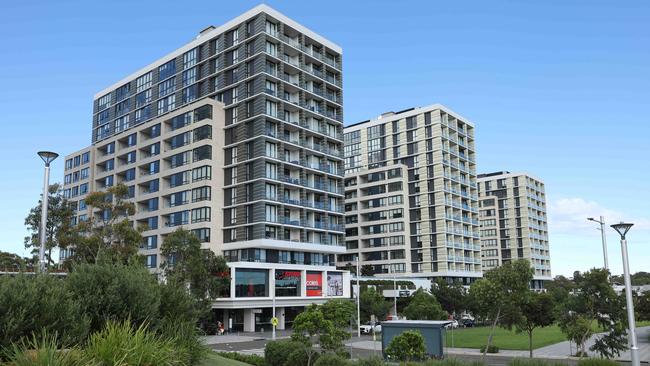PEXA finds strong rise in new property loans while refinancing panic dissipates
There has been a flood of new home loans while refinancing activity has actually fallen thanks to easing of fears about the ‘mortgage cliff fall’ that didn’t happen, PEXA data shows.

Australia’s mortgage market has had a strong rise in the number of new loans issued at the same time as a sharp decline in refinancing activity when the market adjusted to the expiry of a high volume of fixed-rate, fixed-term loans.
Online property settlement group PEXA says there’s been a significant shift in the Australian loan market during the 2024 financial year, marking the end of the refinancing surge driven by low-interest fixed-rate loans.
While new-loan volumes increased, refinancing activity declined as the market adjusted to the expiry of a high volume of fixed-rate, fixed-term loans taken out two to three years ago.
PEXA’s latest Mortgage Insights Report says a total of 509,955 new property-related loans were issued in FY24, a 6.0 per cent increase compared to the prior period.
In contrast, refinancing activity saw an 11.9 per cent decline, with 396,653 refinances completed in the fiscal year for loans valued at $211.2bn. This drop signifies the end of the refinancing peak that occurred during 2023 financial year, when an unusually large number of fixed-rate, fixed-term loans expired. This resulted in more households seeking to refinance to a cheaper rate.
PEXA chief economist Julie Toth said the increase in new loans and the decline in refinancing through the past year signified a shift in property market dynamics as the nation moved beyond Covid-19 and the subsequent period of rapid interest rate adjustments.
“Rising interest rates and stagnant incomes posed challenges for many home buyers and borrowers in the first half of fiscal year 2024,” she said.
“But as we moved through the year, resilience in the labour market and greater stability in interest rates helped to boost buyer confidence.”

The data suggests Australia has surpassed the brunt of a so-called “mortgage cliff” analysts had expected. An estimated 800,000 households moved from ultra-low fixed repayments to far higher variable levels after the Reserve Bank lifted the cash rate from 0.1 per cent to 4.35 per cent to combat 30-year high inflation.
Recent mortgage arrears data shows that while levels have increased it was not far off long-term historical averages.
Victoria led national demand for property loans with the highest volume of new loans totalling 136,461, despite more property transactions being settled in Queensland and NSW.
Ms Toth said that Victoria had an unusually high volume of new loans as a result of the state government’s crackdown on vacancy homes owned by investors designed to increase supply.
“Anecdotal evidence suggests this may be related to an exodus of property investors responding to rising state taxes and residential tenancy regulation changes, and a rising proportion of owner-occupier buyers, who are more likely to require a new loan to finance their purchase,” she said.
The June 2024 quarter experienced a significant rise in new loans when 141,872 were issued – a 25.1 per cent increase from the previous quarter. This surge was concentrated in NSW and Victoria, where there were increases of 35.8 per cent and 26.1 per cent respectively.
Refinancing volumes also picked up again in the June quarter compared with the March quarter, despite falling in total over the year.

Growth in new loans in the June quarter could be attributed, in part, to a weaker March quarter, influenced by earlier-than-usual Easter holidays that likely delayed settlements to April.
Ms Toth expected in the 2025 financial year improvements in household confidence, consumption and investment, supported by income tax cuts, receding inflation and real income recovery.
“As the property market adjusts to these changes, ongoing growth in loan and refinancing volumes is anticipated,” Ms Toth said.
Meanwhile, the National Australia Bank has cut its 3-year fixed rate by 0.60 percentage points – the first fixed rate change from a big four bank this year. The move is designed to appeal to customers worried about the prospect of future cash rate rises.
RateCity.com.au research director Sally Tindall said it was a strategic move by NAB in a bid to test whether there was any appetite among borrowers to revert back to fixing.
“A big bank fixed rate that starts with a ‘5’ is likely to turn at least a few heads, particularly among those worried about the prospect of further cash rate hikes,” she said.
“The popularity of fixed rates peaked back in July 2021 when 46 per cent of new and refinanced loans opted for a fixed rate, according to the ABS. This now sits at just 1.7 per cent in the most recent data.”





To join the conversation, please log in. Don't have an account? Register
Join the conversation, you are commenting as Logout